Is The Nissan LEAF Worth The Green?
What happens when the subsidy is over?
This is a question that I tried to study in depth about a month ago when one of my friends had a 10 year old Toyota Prius that had seemingly lost it’s battery.
It turned out that he didn’t need a new car, or a new battery. A stray rodent had inflicted minimal harm to the wiring and his temporary search for a new ride quickly came and went.
However, I did some deep drilling for him one evening since his question was one with more unknowns than the typical car purchase. He wanted a LEAF, new our used, as his next car.
What shocked the hell out of me is that the numbers may indeed work… new or used.
The word may is a key operative term here…
Before I delve into the deep ocean blue of numbers crunching, let me offer each of you three (four!) simple questions.
1. Do you live in one of those wonderful states that offers a $5000 state subsidy for buying a LEAF?
2. Does your income enable you to make use of all the federal and state tax credits? And do you have excellent credit?
3. Are you willing to deal with an electric car that will be losing about 20% to 25% of it’s range by the time it reaches 100,000 miles.
If you answered no to any one of these (four!) three questions, then do not buy the LEAF under any circumstances unless you are willing to “invest” in the electric technology that powers it.
So as for those 10% of you who are left (no it’s 5% you cheating used car selling bastard!), let’s go a bit deeper.
If you are only looking for a short-term deal and pure numbers are guiding your decision, then lease. The numbers between a two year lease and a three year lease change based on whatever special packages and bogus fees are ordained by the local dealership. These will likely include a $595 acquisition fee, a $395 disposition fee, a $250 documentation fee (this is an estimate based on TrueCar data for all 50 states), and about $2000 worth in states taxes, title transaction costs, registration costs, and the two lukewarm sodas you get to drink while the general manager of the dealership gets to plan for a weekend run to Vegas thanks to all the fake expenses he gets to collect.
Not to worry though, because the deal also enables you to screw take advantage of every subsidy known to these electric car programs. Federal Tax Credits. State Tax Credits. Possible Charging System Subsidies. Lower Rates For Your Electric Usage. HOV Lane Stickers. Truth be told, buying a Nissan LEAF is the closest most individuals will ever get to enjoying the benefits of becoming their very own large corporation. All these credits amount to over $13,000 in real world cost and to top it all off, you get to thumb your nose at the oil companies.
Once you throw auto insurance to the mix, your real world costs on an annual basis will likely run around $360 a month, or just $12.00 a day, and that includes everything. Fuel, Insurance, Maintenance Costs, Tax Credit Reductions… it’s a steal of a deal in every sense of the term if you can pass through all the hoops and ignore the monetary flesh wounds of your fellow Americans who now pay $25 a day according to the American Automobile Association.
Typical car owner losing vital limbs thanks to the lobbying efforts of the Nissan Motor Company
The spreadsheet doesn’t publish well at a site like TTAC. But long story short, I was a financial analyst my first two years out of college and I’m happy to share it with anyone who has a remote interest in all the numbers. Feel free to email at steve.lang@thetruthaboutcars.com.
Now as for the buying side, there were four (three!) unusual findings.
1. The running costs of a LEAF, if you opt for the $100 a month battery guarantee, is roughly equivalent to a 10 year old Nissan Sentra.
2. Insurance costs between a LEAF and that Sentra worked out to only about a 13% difference. $1132 for the LEAF vs $1010 for the Sentra according to my insurer, USAA.
3. If you avoid the dealership’s service department like the plague and buy a $5 turkey baster for your brake fluid servicing, the LEAF will likely be cheaper to operate than a 10 year old beater Sentra.
There is one area of variance that came into play in my calculations. Battery life and the climate’s impact on it.
If you live in an area with searing heat and unusually cold winters, say, like Atlanta these last few months, your battery pack will likely wear out a bit faster than the owner who enjoys a constant mild temperature year round. Once you or Nissan decide to discontinue the battery program, you may be living on borrowed time. So you have to figure out at what point you are willing to make that trade.
Then again, you may find in the near future that replacement parts are cheap enough elsewhere, and that this battery lease program will not be needed going forward. As a long-time owner of a 1st gen Insight and the first two generations of the Prius, I can attest to that outcome coming true more often than not.
So if it were my money, or the money subsidized to me by my fellow Americans, I would recommend the following.
1. If you buy the LEAF new, opt for the battery replacement program right before the vehicle hits the 5 year / 60,000 mark.
2. Replace the pack after the first go round, which will likely offer increased range and longevity, and then stop paying for the battery lease program.
3. Start prospecting for replacement parts if you absolutely do plan on keeping the LEAF past the 12 to 15 year mark.
A one to two year old Nissan LEAF is right now running the gamut of between $16,000 for a non-CPO LEAF with about 35,000 miles, to $22,000 for one that has less than 10,000 miles and is eligible for Nissan’s Certified Pre-Owned program.
That’s quite a range. However, it comes down to this.
A LEAF costs about as much to operate as a 10 year old Sentra that has 120,000 miles. I spent an insane amount of time trying to figure this out, and now that I finally have done so, I’m going to let my fellow enthusiasts buy a 1st gen Miata and forget they ever read this tome to automotive androgyny.
THE END…
More by Steven Lang
Latest Car Reviews
Read moreLatest Product Reviews
Read moreRecent Comments
- Probert They already have hybrids, but these won't ever be them as they are built on the modular E-GMP skateboard.
- Justin You guys still looking for that sportbak? I just saw one on the Facebook marketplace in Arizona
- 28-Cars-Later I cannot remember what happens now, but there are whiteblocks in this period which develop a "tick" like sound which indicates they are toast (maybe head gasket?). Ten or so years ago I looked at an '03 or '04 S60 (I forget why) and I brought my Volvo indy along to tell me if it was worth my time - it ticked and that's when I learned this. This XC90 is probably worth about $300 as it sits, not kidding, and it will cost you conservatively $2500 for an engine swap (all the ones I see on car-part.com have north of 130K miles starting at $1,100 and that's not including freight to a shop, shop labor, other internals to do such as timing belt while engine out etc).
- 28-Cars-Later Ford reported it lost $132,000 for each of its 10,000 electric vehicles sold in the first quarter of 2024, according to CNN. The sales were down 20 percent from the first quarter of 2023 and would “drag down earnings for the company overall.”The losses include “hundreds of millions being spent on research and development of the next generation of EVs for Ford. Those investments are years away from paying off.” [if they ever are recouped] Ford is the only major carmaker breaking out EV numbers by themselves. But other marques likely suffer similar losses. https://www.zerohedge.com/political/fords-120000-loss-vehicle-shows-california-ev-goals-are-impossible Given these facts, how did Tesla ever produce anything in volume let alone profit?
- AZFelix Let's forego all of this dilly-dallying with autonomous cars and cut right to the chase and the only real solution.















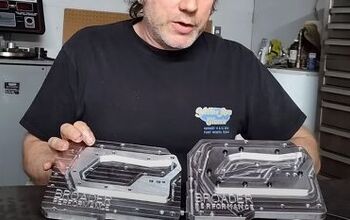
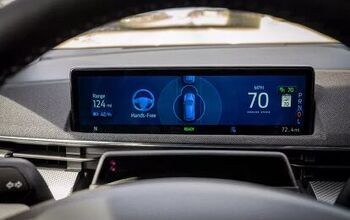


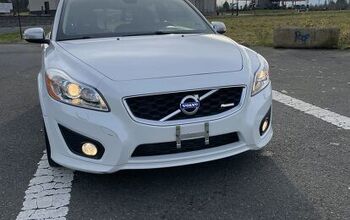
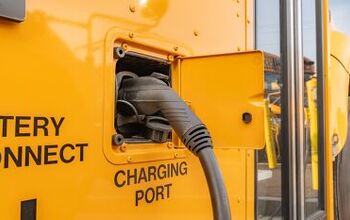
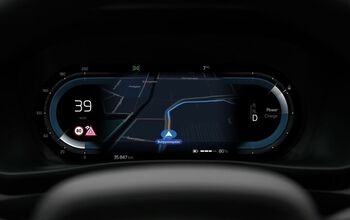

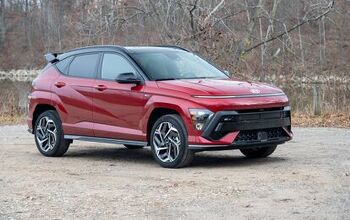

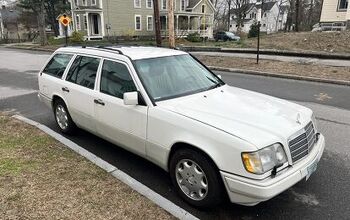
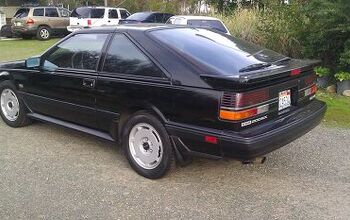



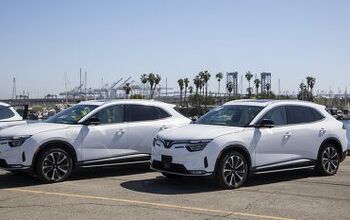
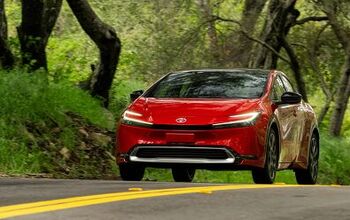
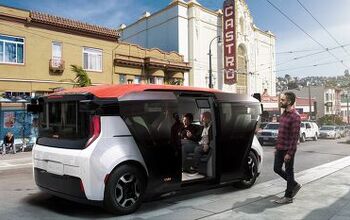
Comments
Join the conversation
Great article, and I have been saying this all along... looking at the EV as an appliance or a service rather than a vehicle can make sense to many people. Around here the 0-down lease deal works out to just under $300/mo, and we don't have any state tax benefit for EVs in Florida, just the federal subsidy. I don't think it's fair to include insurance in the mix because that varies widely by location and driver. My insurance quote for the Leaf was right at $300 for 6 months, so still close to your estimate. Since most all leases are figured at 1000/mo of driving, that's a great number to use to calculate the fuel comparison. So our Honda Civic is leased at $230/mo with nothing down too. I spend right about 90/mo on gas, depending on how much gas is going for, and it is driven typically 900 miles per month, so we are getting all our mileage use out of it. The insurance runs $360 every 6 months, so all together I am out $380/mo total running costs per month. But... I have no range anxiety, and if I don't drive it for whatever reason I don't have to buy gas. The way I see it, the sweet spot for an EV lease is $250/mo or less with nothing down. I have a few friends who drive trucks or Wranglers, they spend $200-300/mo on gas alone. If they could commute in an EV instead they would come very close to breaking even just for not driving the truck every day. Of course insurance would throw those numbers off, but when you get into reduced wear and tear, higher resale values over the same time due to less miles on the car, etc, it would be a close tradeoff.
Just a comment on the insurance side: In my opinion, USAA is a poor carrier to use for estimating insurance rates. Because of USAA's market composition, it affects their loss history and that finds its way into its actuarial decisions and rate-making. This is good for you as someone who qualifies for USAA, but it means that the rate gap between the Leaf and the Sentra is likely to be different for people who are stuck with the general market.